How to get people to smoke? Cigarette advertising in the 1920s and 30s
Categories: Health and Medicine | History
PictolicAt the beginning of the 20th century there was a real explosion in the field of tobacco advertising. Large companies such as Camel, Lucky Strike and Chesterfield spent millions of dollars promoting their products. At the same time, smoking became increasingly popular among women, which was reflected in advertising posters. The heroes of the advertising campaign were athletes, musicians, doctors, movie stars and politicians. Cigarettes conquered the world and were advertised in all corners of the world. At that time, poster art reached its heights, and every advertising poster looks like a work of art.

Cigarette advertising in the 1920s was one of the key factors that made smoking a fashionable and prestigious activity. This period was marked by a significant transformation in the public image of a smoker, in which cigarettes became a symbol of success, elegance and modern life.

With the advent of cinema and its influence on culture, cigarette smoke became an integral part of the screen image. Happy and successful movie characters were often depicted with a cigarette in hand, creating the illusion that smoking was a path to style and sophistication.
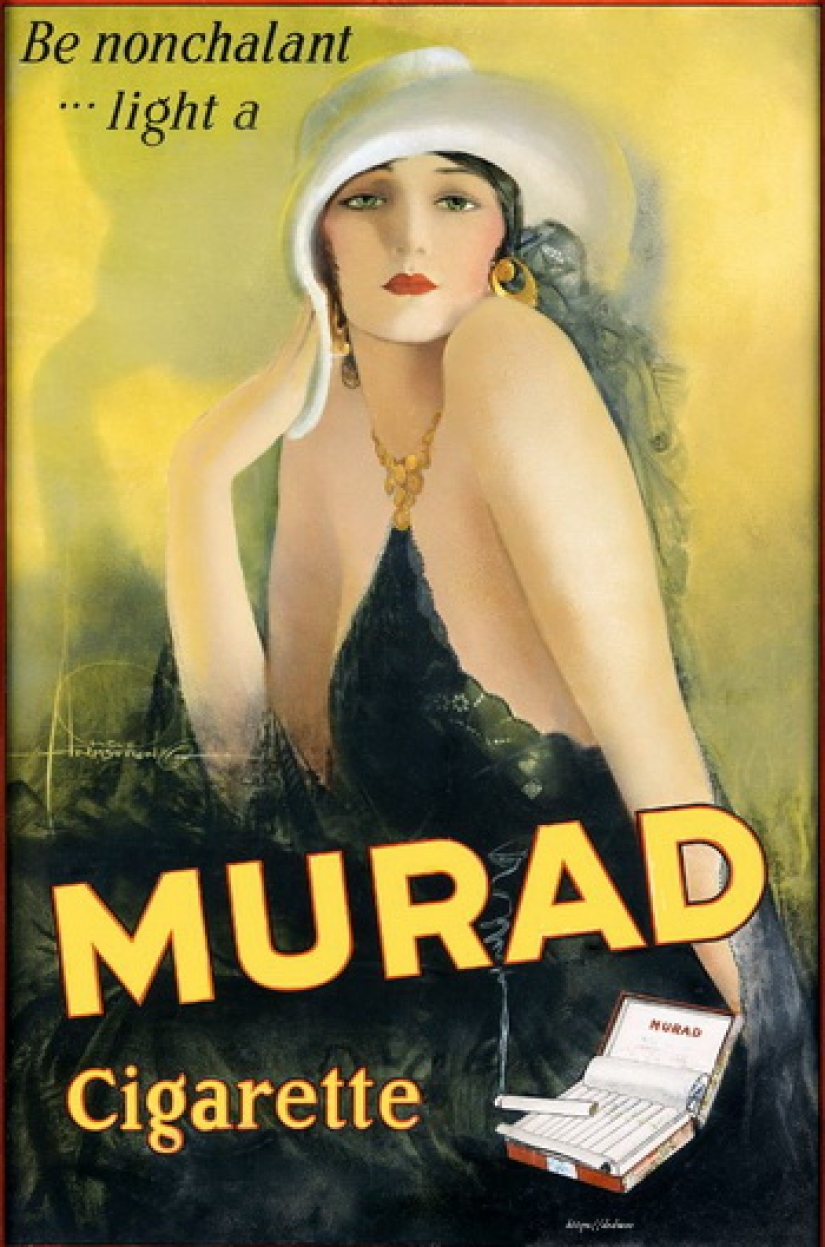
Advertising posters in the 1920s reinforced this image by presenting the cigarette as a first-class item. You could often see joyful and successful people on them, the embodiment of luxury and success. Of course, most smokers didn't look like that in real life. Advertising images created an attractive, albeit artificial, reality designed to seduce the consumer.

In the early 20th century, smoking among women faced social stigma, and women were not generally considered as a target audience in advertising campaigns. However, this began to change in the 1920s and 1930s, when tobacco companies realized that they were ignoring a large segment of the market's consumers. Then they launched large-scale advertising campaigns aimed at women.

Advertisers have spent years trying to get women to smoke. The process of smoking was presented as a symbol of independence, modernity and emancipation. This was a decisive step aimed at changing social norms and perceptions about female smoking, which ultimately led to an increase in the number of female smokers.

Cigarette advertising campaigns often emphasized the idea that smoking reduces appetite. Since 1920, there has been a fashion for thin women in American culture, and advertisers decided to associate smoking with it. They used the slogan for Lucky Strike cigarettes: “Choose Lucky over sweets.” Cigarettes were promoted as an easy way to maintain or achieve a desired body image, offering an alternative to dieting and exercise. Slogans like “Smoke and lose weight” were common in advertising at the time.

In addition, cigarettes were associated with the lifestyle of glamorous and successful people, which further enhanced their appeal. Advertising often featured images of thin, elegant women and men smoking cigarettes, implying a link between smoking and attractive appearance.

Thus, cigarettes in advertising of the 1920s and 30s acted not just as a product of pleasure, but also as a tool for achieving socially desirable standards of beauty and prestige. This reflected the tobacco industry's overall strategy to attract new consumers and retain existing ones, despite growing evidence of the health risks of smoking.

A notable trend in cigarette advertising in the 1920s was the use of doctors. At that time, public opinion about smoking was far from today's understanding of its harm. Instead, cigarettes were actively promoted as having health benefits. Doctors were often featured in advertising campaigns that promoted smoking as an effective means of losing weight and improving digestion.
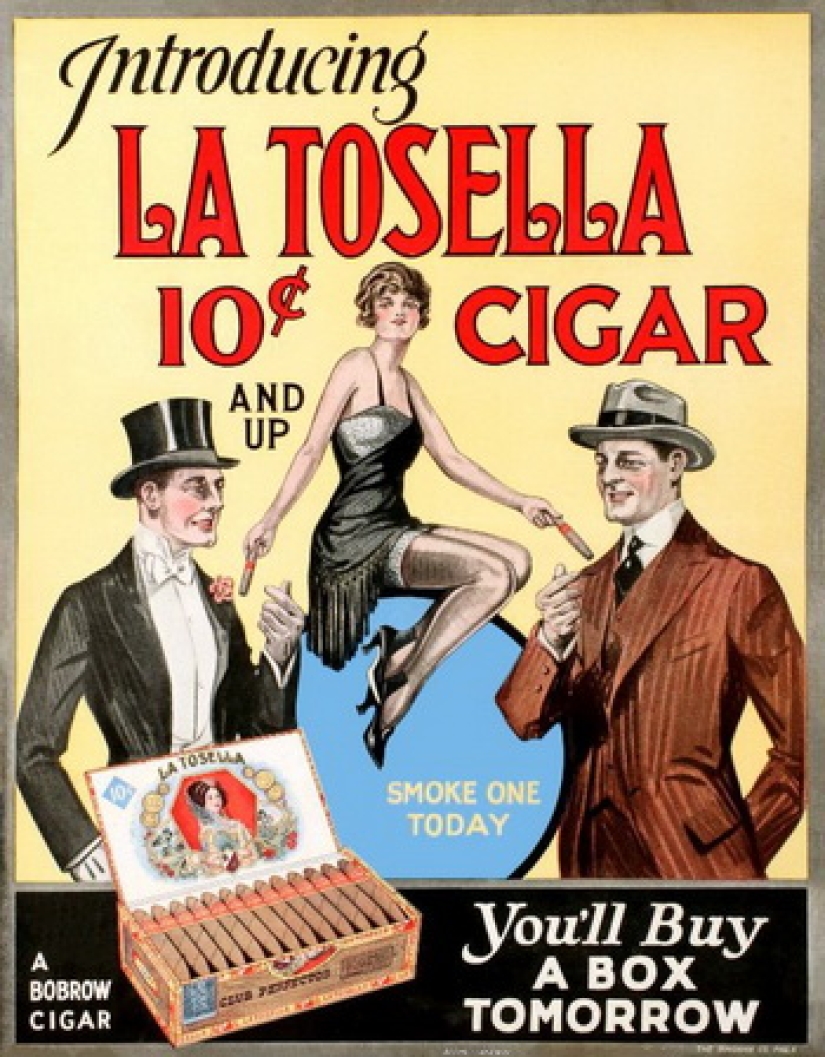
These advertising messages not only reinforced the image of cigarettes as a desirable product, but also created a false impression of its safety and even healthfulness. This approach to cigarette advertising has greatly contributed to the popularization of smoking throughout the world.

Thus, the 1920s marked a watershed moment in the history of cigarette advertising, when the image of the smoker was radically redefined and expanded, paving the way for significant growth in the tobacco industry in the following decades.

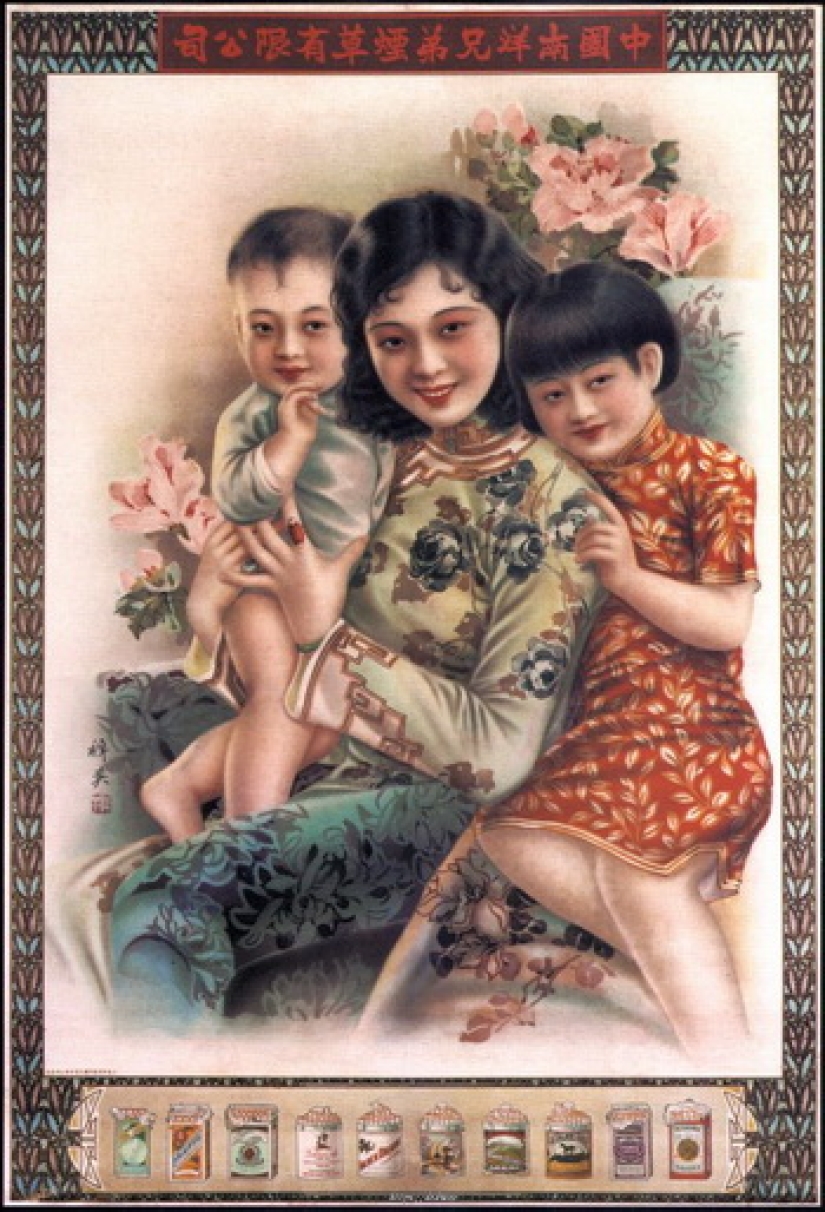
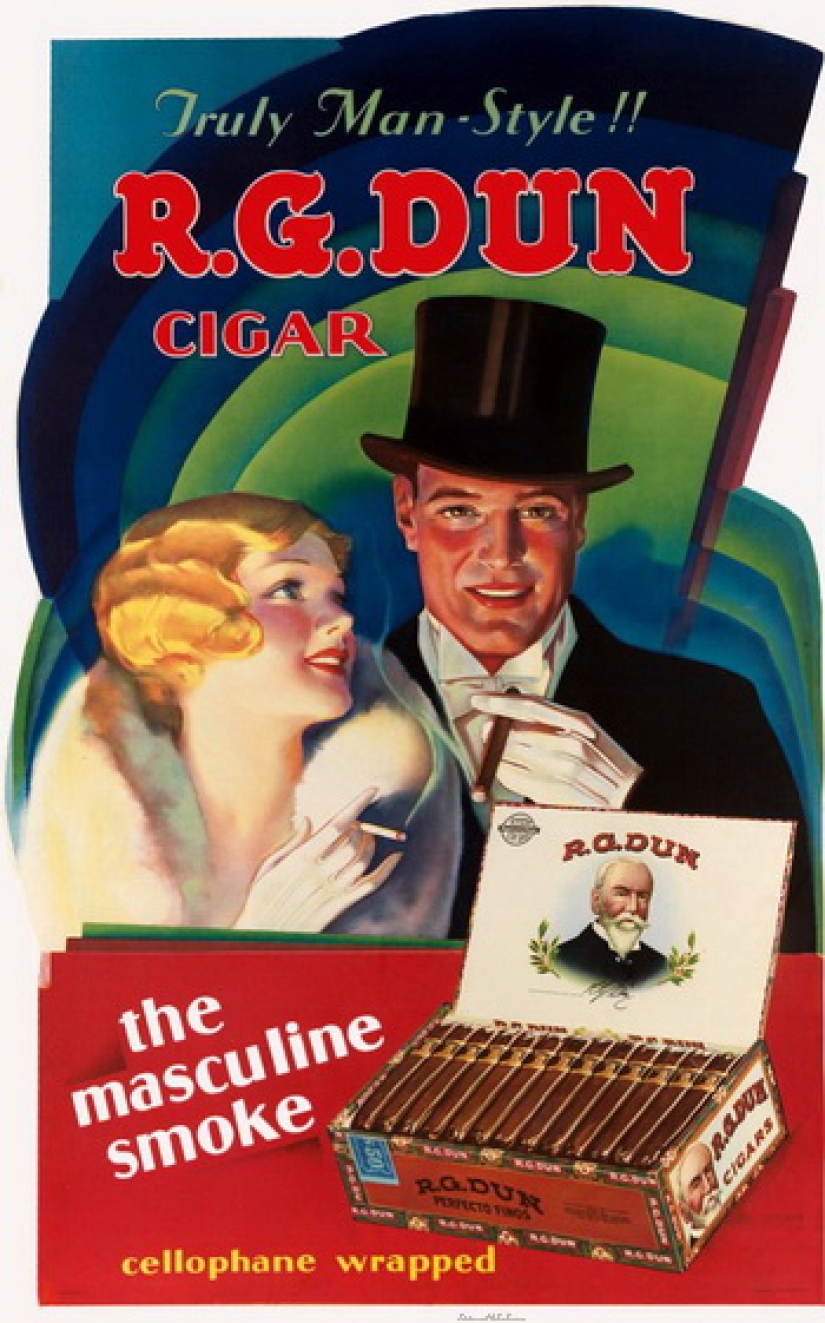






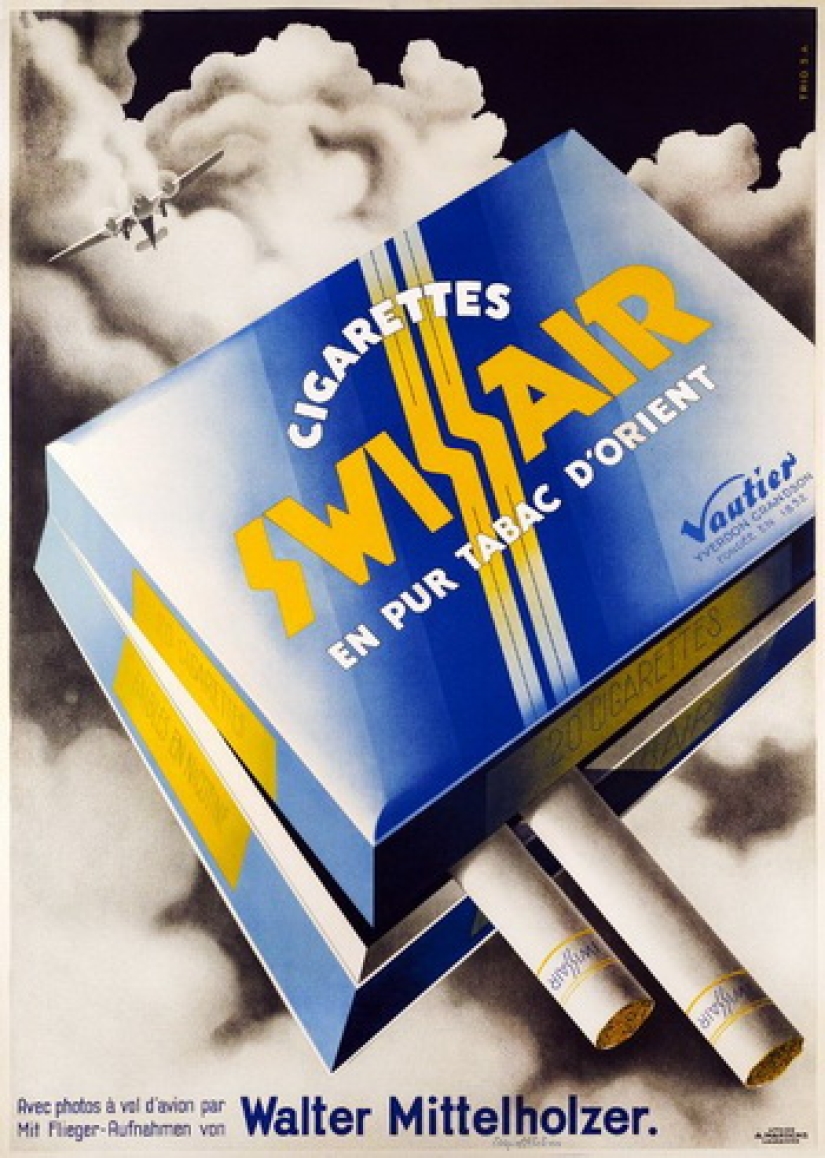
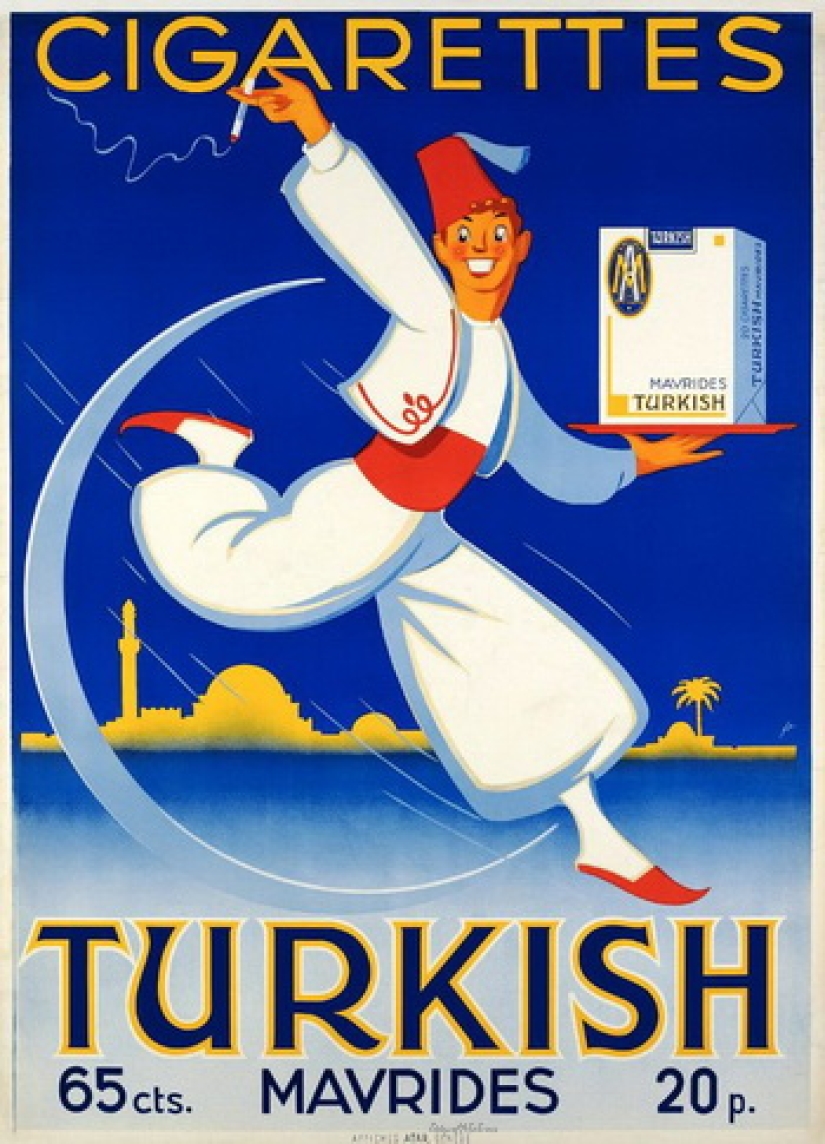

Recent articles

All cultures, countries and different Nations, each nation has its own traditions and customs. But one thing remains common — ...

They say that absolutely everything that is made of chocolate is delicious. And apparently, Sarah Hardy agrees with this opinion. ...

New Jersey photographer Robin Schwartz photographed her adorable daughter Amelia with a variety of animals from 2002 to 2015. The ...